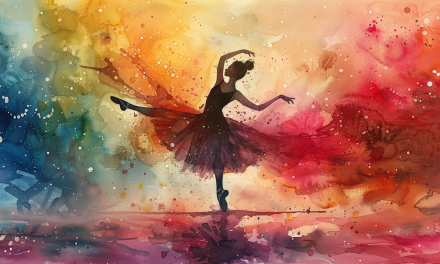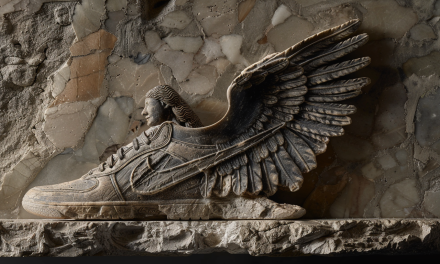Memes have become an integral part of our online experience, shaping how we communicate, share ideas, and even engage with current events. But how did we get from simple image macros to complex, multi-layered jokes that can influence political discourse? Let’s explore the fascinating evolution of meme culture.
The Early Days: Image Macros and LOLcats
Memes as we know them began in the early 2000s with simple image macros – pictures overlaid with text, often using Impact font. One of the earliest and most famous examples was the LOLcats phenomenon, featuring cute cat pictures with deliberately misspelled captions.
Key characteristics:
- Simple format
- Easy to create and understand
- Often focused on humor and relatability
The Rise of Rage Comics and Advice Animals
As internet culture grew, so did the complexity of memes. Rage comics, featuring crude drawings to express common frustrations, gained popularity. This era also saw the rise of Advice Animals – stock images of animals or people with top and bottom text conveying different personalities or situations.
Key developments:
- More diverse formats
- Creation of meme “characters” with specific traits
- Increased use of shared references and in-jokes
Memes Go Mainstream: Social Media and Viral Content
With the explosion of social media platforms like Facebook, Twitter, and later Instagram, memes reached a wider audience. This period saw the rise of viral content and reaction GIFs, allowing for more dynamic and expressive memes.
Notable changes:
- Faster spread of memes across platforms
- Increased variety in meme formats (videos, GIFs, etc.)
- Memes becoming part of mainstream culture
The Era of Meta Memes and Absurdism
As meme literacy increased, so did the complexity of the jokes. Meta memes – memes about memes – became popular. This period also saw a trend towards intentionally absurdist or surreal memes, often with layers of irony that can be difficult for outsiders to understand.
Characteristics:
- Multiple layers of meaning
- Often require background knowledge of meme culture
- Blur the line between sincerity and irony
Memes as Political and Social Commentary
In recent years, memes have evolved into a powerful tool for political and social commentary. From election memes to social justice movements, memes are now used to spread ideas, critique power structures, and mobilize communities.
Key aspects:
- Memes as a form of digital activism
- Use of humor to address serious topics
- Potential to influence public opinion and discourse
The Future of Meme Culture
As we look to the future, meme culture continues to evolve. With the rise of TikTok and short-form video content, we’re seeing new formats emerge. AI-generated memes are also on the horizon, potentially changing how we create and consume this form of content.
Emerging trends:
- Increasing integration with other forms of media
- More personalized and niche meme communities
- Potential for memes as a serious form of cultural expression
From simple cat pictures to complex political statements, memes have come a long way. They reflect our cultural moment, allowing us to process events, express emotions, and connect with others in unique ways. As digital natives become the majority, meme literacy is becoming an essential part of understanding and participating in modern culture.
The evolution of memes showcases not just changes in humor and technology, but also shifts in how we communicate and share ideas in the digital age. As meme culture continues to evolve, it will undoubtedly play an increasingly significant role in shaping our online and offline worlds.





